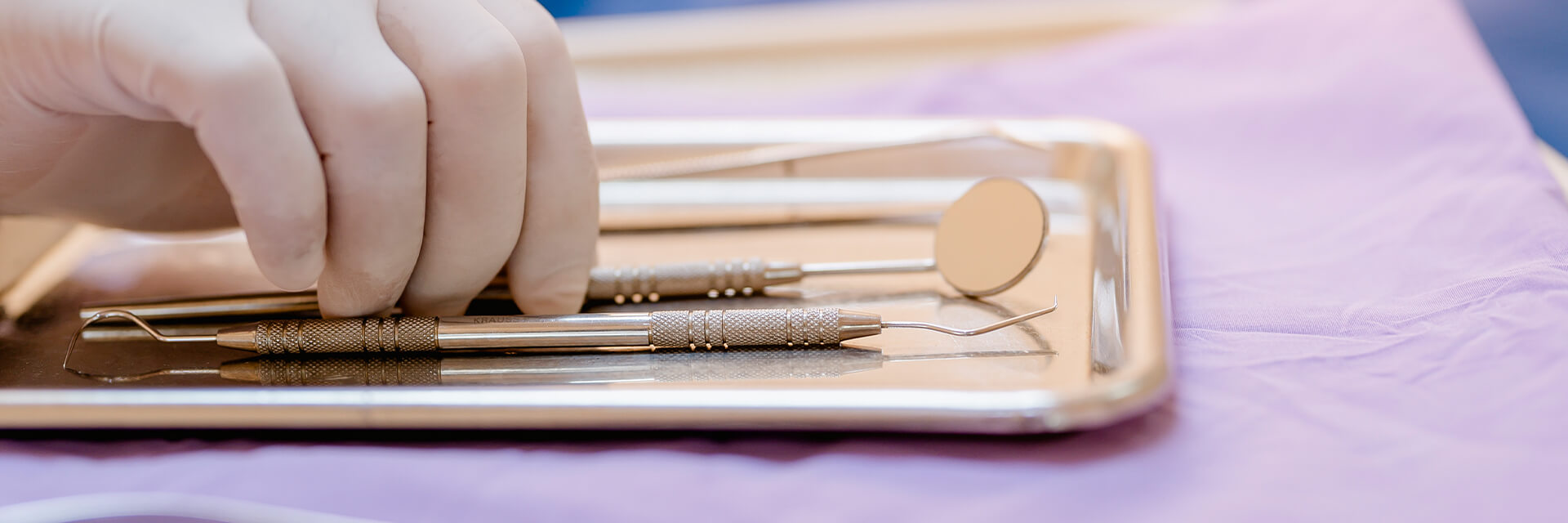
Negotiating Accounts Receivable When Buying a Dental Practice
- Published
- Mar 3, 2021
- By
- Erick Cutler
- Share
Every dental practice has outstanding balances due from patients and insurance companies for services already provided. An important consideration when purchasing a practice is how to handle these outstanding accounts. Should you purchase the accounts receivable, or let the seller retain them? Because a substantial amount of money may be involved, this should be covered in your letter of intent (LOI) and researched as part of your due diligence process.
Aging the Accounts Receivable Portfolio
As part of your due diligence, begin by requesting an up-to-date accounts receivable aging report. This report lists the outstanding balances broken out by time periods such as zero to 30 days old, 31-60 days old, 61-90 days old, and more than 91 days old. The report often will note which balances are owed by insurance companies or patients. It’s generally accepted that the total accounts receivable balance should not exceed one month’s collections, although this can vary depending on the practice specialty and the types of insurance accepted.
The aging report is a snapshot of the practice at a point in time. In addition to a current report, it’s often useful to request a few older reports for comparison. You should expect little variance among reports as a diligent collections process results in consistent balances over time.
Be concerned if older accounts have larger balances and fear they may be uncollectable. This may indicate that insurance collection takes longer than usual, or longer credit terms have been extended to individual patients. It’s best to discuss these issues with the seller to learn how the collections process works. It’s also useful to gain a better understanding of the practice’s credit policies with both insurance companies and patients.
Negotiating the Value of Accounts Receivable
Accounts receivable are considered separately from the purchase price. It may be beneficial to purchase the outstanding portfolio to give your new practice an income stream as you get started. Because there is a chance that these accounts may not be collectible, the value of accounts receivable can be discounted according to the likelihood of their collection. For example, current balances (zero to 30 days old) may be valued at 95%, while mid-range balances (61-90 days old) may be valued at 50% and older accounts (91 days or older) at 20% or less. Your professional business advisors can help you by creating a valuation table for accounts receivable and determining a fair value for negotiations with the seller.
If the seller decides to retain accounts receivable, you may offer to collect on them for a small negotiated fee. Although 5% is generally acceptable, you can ask for a higher percentage if the composition of the portfolio appears difficult to collect. This fee will compensate you for your staff’s time in handling collections with patients and insurance companies. The terms of your final purchase agreement should include details about how the accounts receivable collections will be handled after close.
What's on Your Mind?
Start a conversation with Erick
Receive the latest business insights, analysis, and perspectives from EisnerAmper professionals.







